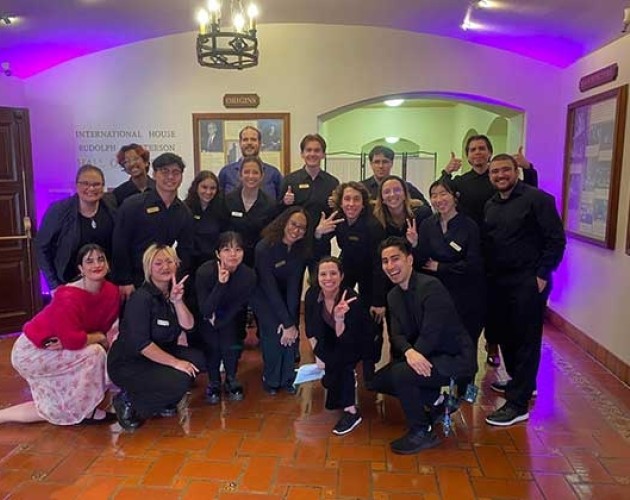How Silicon Valley Innovates

UC Berkeley Haas Global Access Program (BHGAP) and BHGAP Innovation Program faculty member Andrew Isaacs recently hosted a Zoom meeting, where he gave viewers a sneak peak into his Opportunity Recognition: Technology and Entrepreneurship in Silicon Valley class.
Check out the highlights from his talk below and watch the full video!
To talk about how Silicon Valley innovates, we have to compare traditional companies to innovative companies. I’ve selected automobile manufacturer Honda, which is a fine company, but it has some problems. Let’s compare that company to Zoom, which operates in both California and China.
Let's take a look at some data.
Honda was formed in 1948 by Mr. Honda, who had worked for Mr. Toyota for 10 years prior. It took 30 years before the company Honda went public with an initial public offering, an IPO. In contrast, Zoom was founded less than 10 years ago and went public after only eight years.
In fairness, 30 years was a reasonable period of time for going public long ago. For Zoom, eight years between being founded and going public is considered a long time right now. The average is about five years for companies that go public.
But we want to look at something else. We want to look at the value of these companies because they're both publicly traded and they're both global companies.
Honda's current market value as of today is $47 billion.
The number for Zoom is $73 billion—a bigger number for a company that only went public a year ago.
There's more that we want to look at—divide that market value by the number of employees.
Honda has 200,000 employees or more. So if you divide the value of the company by the number of people who work there, what you discover is that each employee creates $0.2 million.
At Zoom, it's more than 100 times more value being created by each employee compared with Honda.That's a shocking difference.
Many of these famous old companies such as Honda are creating very little value.
We look for large industries that haven't changed much lately, and we replace those industries with new industries that serve the same needs more efficiently.
What we see in comparing the two companies is that the newer company is succeeding in a way that the older company is not. The older company is successful by making perfect products every time and by keeping their customers happy. Zoom, in contrast, is successful by replacing older industries like telecommunications and air travel with high-quality video conferencing.
So let's explore this a little bit more.
I like to say that Silicon Valley only has one trick, and we use that same trick again and again: We look for large industries that haven't changed much lately, and we replace those industries with new industries that serve the same needs more efficiently. The products that we make are so different than those that they're competing against that they change an industry forever.
Silicon Valley is not really about technology. Silicon Valley is not really about products. Silicon Valley is about customer happiness and satisfaction.
For example: Apple created this entire industry of mobile communications. There was nothing like it before. And in doing so, Apple replaced several industries—or displaced several industries: telecommunications and consumer electronics. The result is a very different world than the one that existed before the iPhone.
Silicon Valley companies are trying to create a future that's so completely different from the past that older, established companies have no way to catch up.


